Don – Opening Event
A Tragedy and Its Afterlives
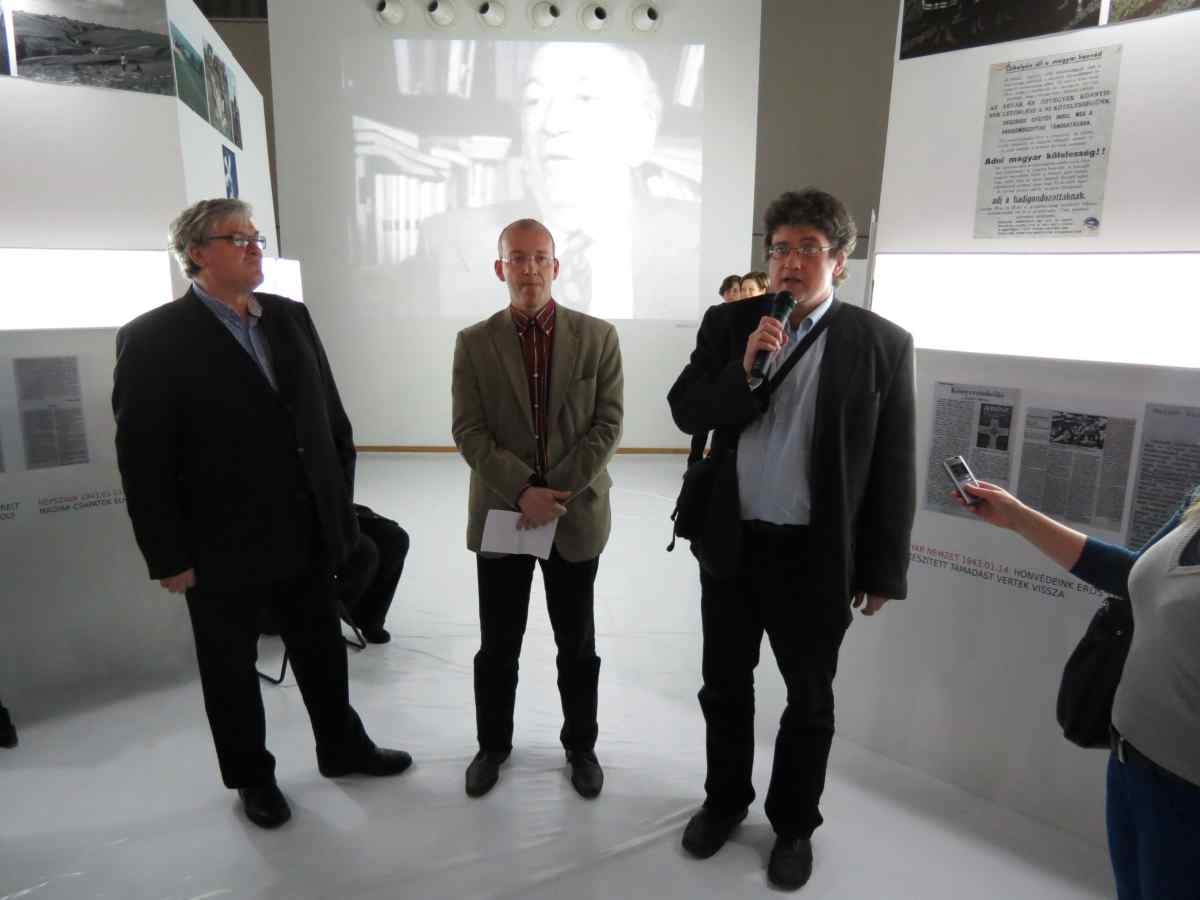
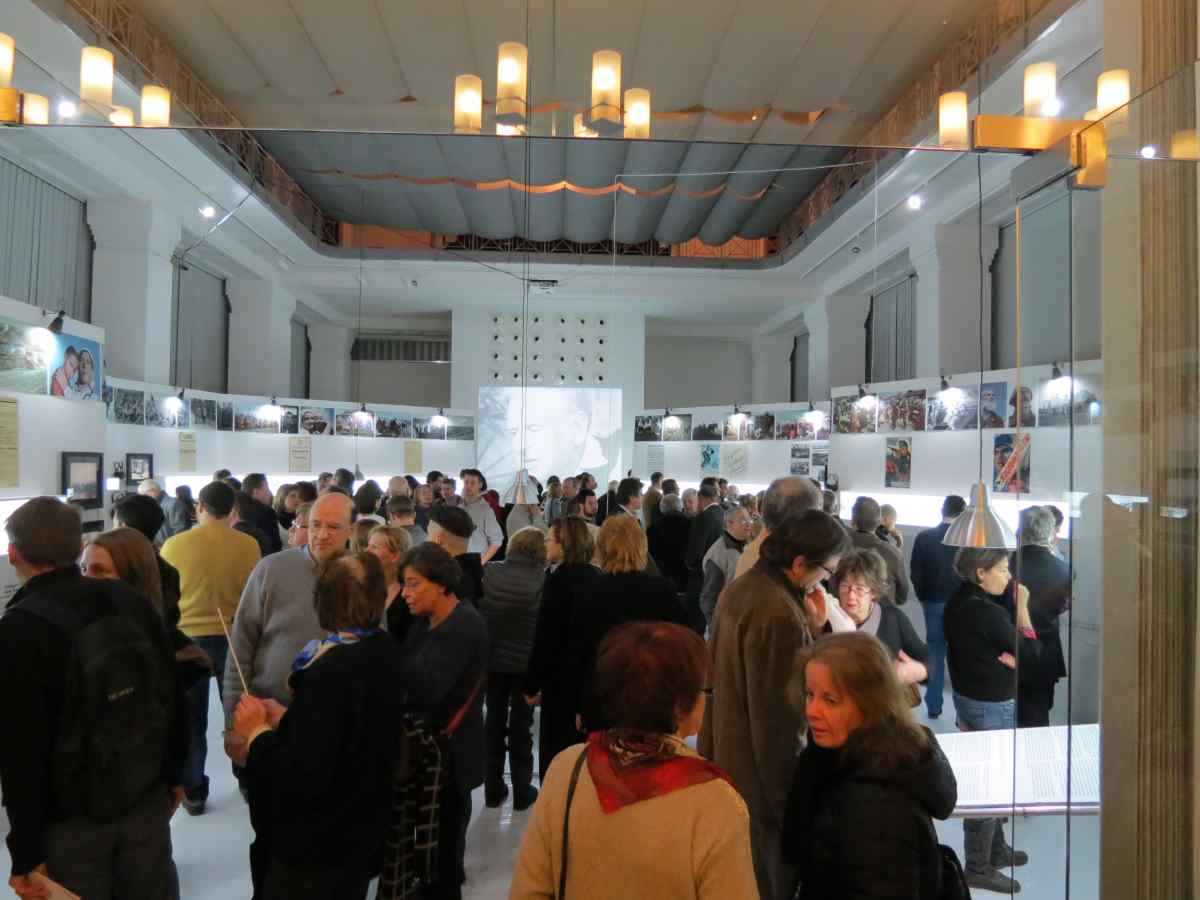
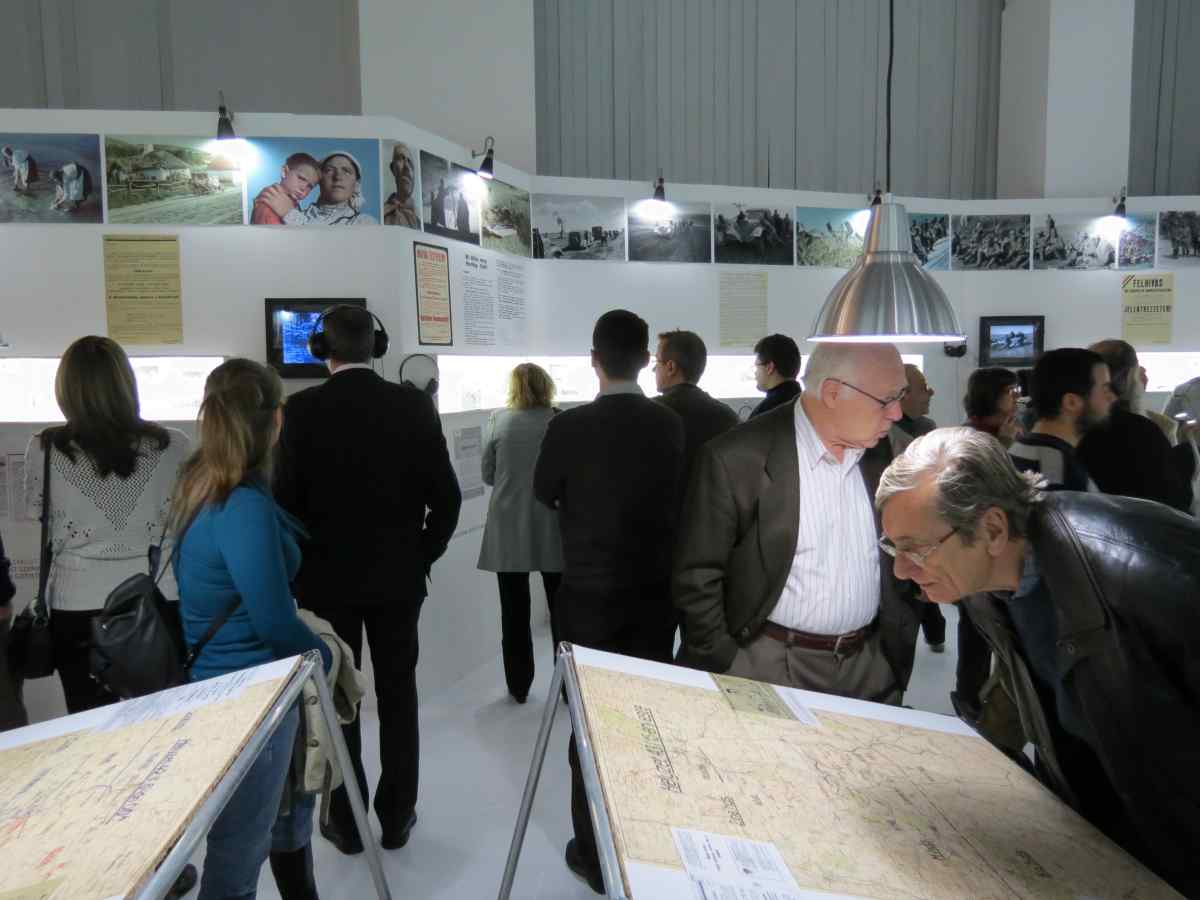
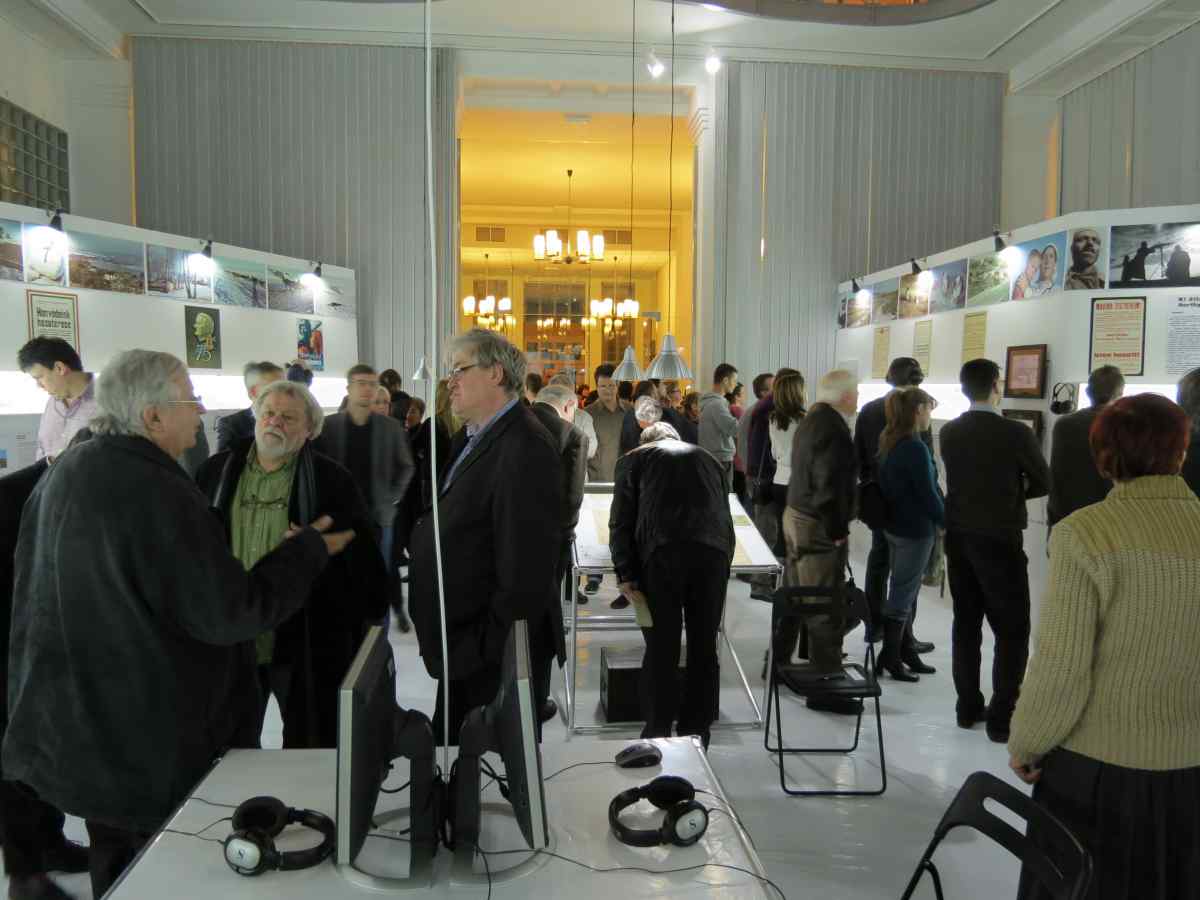
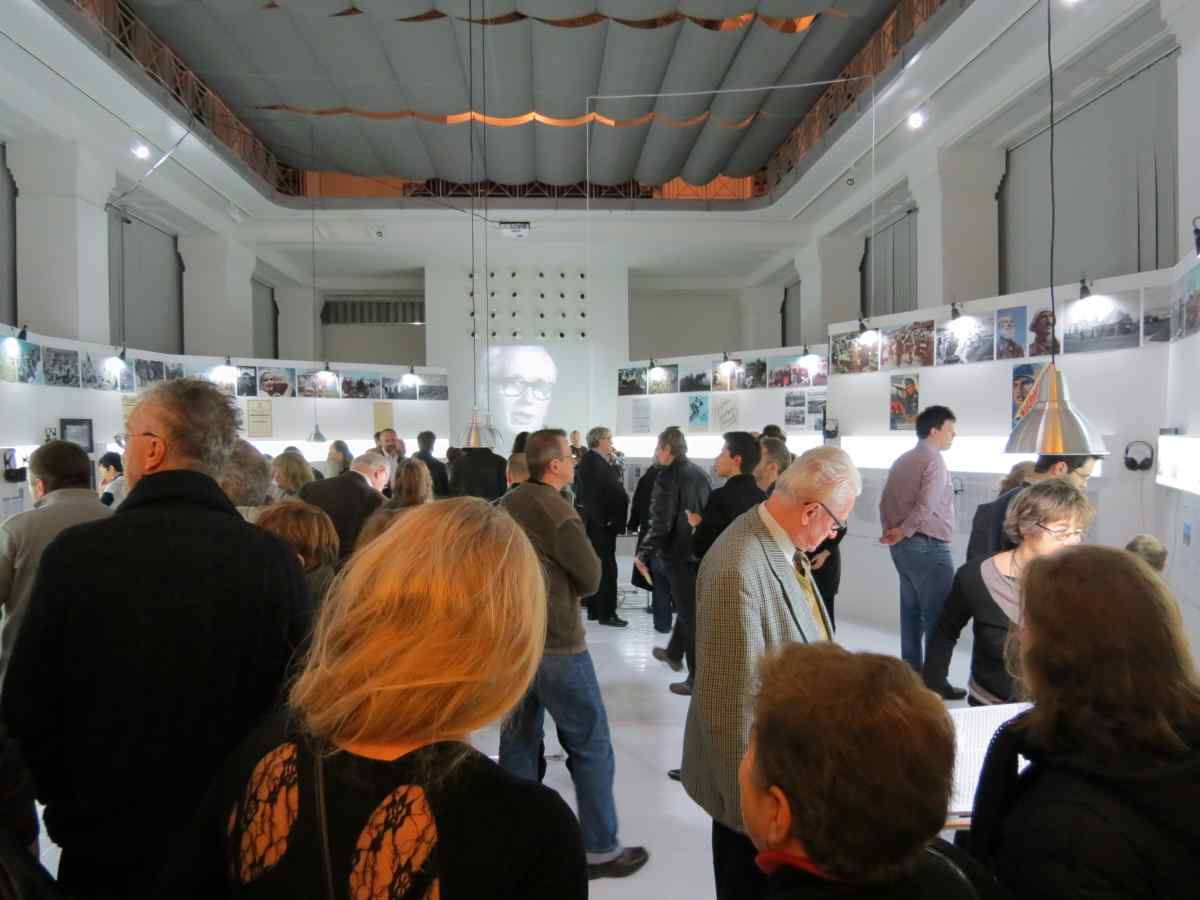
Konok Tamás, festő / Tamás Konok, painter
1956-os Intézet / 1956 Institute
Hadtörténeti Múzeum és Intézet / Institute and Museum of Military History, Budapest
Magyar Nemzeti Digitális Archívum és Filmintézet / Hungarian National Digital Archive and Film Institute
Magyar Mozgóképkincs Megőrzéséért Alapítvány (Történeti Interjúk Tára – Országos Széchényi Könyvtár) / Foundation to Preserve Hungarian Moving Picture Treasures (Historical Interviews Collection - National Széchenyi Library)
Orosz Állami Dokumentumfilm- és Fotóarchívum (Krasznogorszk) / Russian State Documentary Film and Photo Archive (Krasnogorsk)
Seventy years ago, on January 12, 1943, the Hungarian army’s defensive positions by the Don River suffered the first large-scale Soviet assault, which was followed within a few days by further attacks. Lacking sufficient provisions and equipment, Hungarian troops were only able to resist Soviet tank charges in an organized fashion for a couple of days. Over the next two weeks, the Second Hungarian Army suffered grave losses: its formation collapsed, many units were surrounded and wiped out, while the remaining bulk of the army abandoned heavy artillery in an attempt to escape the encirclement.
The Don catastrophe has entered Hungarian military history as one of the gravest defeats, and become a defining element in the historical memory of the Hungarian story of World War II.
By presenting contemporary documents, photographs taken at the front, contemporary Hungarian and Soviet newsreels, press reports, radio recordings, posters, leaflets, diaries, and memoirs, the exhibition aims to present the history of the Second Hungarian Army from its consignment until April 1943, when what remained of the army was transported back home. As well as presenting the contemporary official version of the campaign, the exhibition also places special emphasis on private photographic documents, including photographs taken by war correspondent Captain Tamás Konok Snr., which documented not only military events.
Alongside the story of the army, the exhibition also aims to present the afterlife and memory of the Don defeat.
Our starting point is that the story of the Don catastrophe still remains an unfinished chapter in Hungarian historical memory. The visitor will be able to learn of the contemporary war propaganda that supported and attempted to justify the campaign, as well as the series of post-war reinterpretation attempts right up until the present day: from the post-war People’s Court trials and the Kádár era’s image of the ‘Fascist predatory war’, up to attempts to partially restore the army’s tragic memory. István Nemeskürty’s book, István Örkény’s documentary drama, Péter Bokor’s documentary film, and, finally, the story of Sándor Sára’s film Chronicle all deserve special mention here.
Lastly, we shall try to briefly summarize how the presentation of the Don catastrophe has changed since the 1990 change of system, what new findings have been produced by research, as well as what sorts of debates surround the presentation of Hungarian military history and interpretations of Hungarian participation in World War II.
Opening remarks by András Mink, historian, OSA
Opening speech by Krisztián Ungváry, historian and Pál Závada, writer
The exhibition as well as the opening event is n Hungarian.